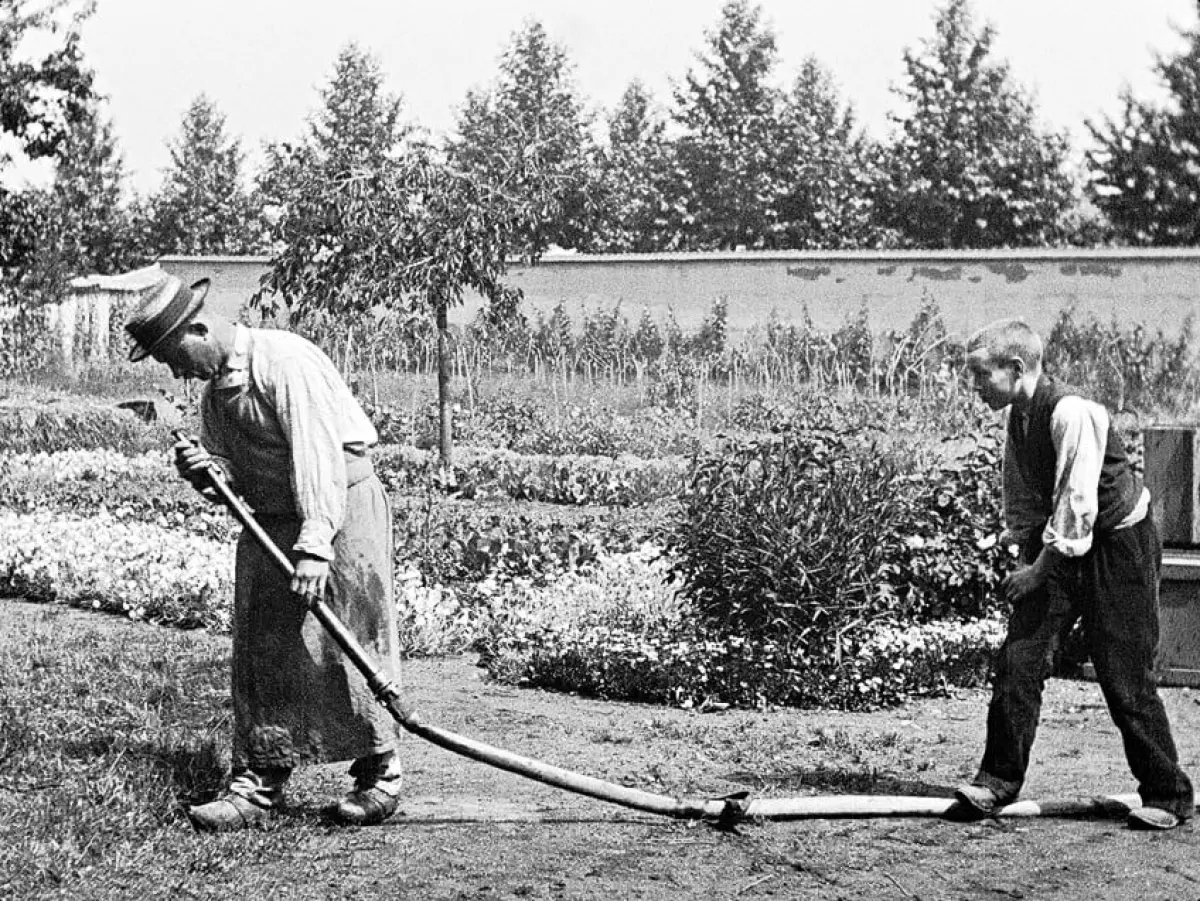If you're an avid camper, you know that choosing the right camping stove fuel is essential for a successful outdoor adventure. However, the wide range of options available can be overwhelming. Each fuel type has its own advantages and disadvantages, making the decision even more challenging. In this article, we will explore and compare different camping stove fuels, including propane, butane, kerosene, white gas, gasoline, and alcohol. By the end, you'll have a clear understanding of which fuel is best suited for your camping needs.
Understanding Camping Fuel Names
One of the most confusing aspects of camping stove fuels is the different names they go by depending on your location. To simplify things, here is a quick reference guide to the different names for the same fuel types:
- Propane: Camping Gas, LPG
- White Gas: Coleman Fuel, Naphtha, Camp Fuel
- Kerosene: Paraffin, Lamp Oil, Coal Oil, Fuel Oil #1
- Butane: n-Butane, LPG
- Isobutane: i-Butane, LPG
- Gasoline: Petrol
- Alcohol: Denatured Alcohol, Spirit, Ethanol
Availability: Which Fuel Type is Easiest to Find?
When you're out camping, and your stove is your only means of cooking, finding the right fuel becomes critically important. Here's a ranking of the easiest to find camping stove fuels:
- Gasoline
- Propane
- White Gas
- Alcohol
- Kerosene
- Butane/Isobutane
Gasoline is the undisputed champion in availability, as it can be found at virtually every gas station. Propane comes in second, with many gas stations carrying the common 1 lb Coleman green propane tanks. White gas is less widely available but can be found at Walmart and outdoor recreation stores. Alcohol and kerosene require a bit more effort to find, while butane and isobutane can be challenging due to the variety of cartridge options.
Cold Tolerance: Which Fuel Types Work Best in Lower Temperatures?
If you plan on camping in colder temperatures, it's crucial to consider the cold tolerance of your camping stove fuel. Here's a ranking of fuel types in terms of their ability to perform in sub-freezing temperatures:
- Gasoline
- Propane
- Kerosene
- Alcohol
- Isobutane
- Butane
Gasoline is the easiest to ignite in cold temperatures but is considered less safe due to its low flash point. Propane is the most cold-tolerant gas fuel, while kerosene, alcohol, and isobutane have varying degrees of tolerance. Butane, on the other hand, struggles to ignite at freezing temperatures.
Storage: Which Fuel Type Stores Longest, Most Conveniently, or Safest?
The convenience and safety of storing the fuel is an important consideration. Here's a ranking of fuel types based on their longevity in storage:
- Propane/Isobutane/Butane
- White Gas
- Kerosene
- Alcohol
- Gasoline
Gas fuels are the easiest and safest to store, with propane, isobutane, and butane being the most effective. Liquid fuels require more care due to the potential for contamination and deterioration. Alcohol and white gas have a longer shelf life, while kerosene and gasoline require more attention.
Cleanliness: Which Fuel Type Burns the Cleanest?
Cleanliness is an essential factor, especially if you prefer clean cookware or if you're concerned about environmental impact. Here's a ranking of fuel types in terms of their cleanliness:
- Propane/Isobutane/Butane
- Alcohol
- White Gas
- Kerosene
- Gasoline
Gas fuels burn the cleanest, with propane, isobutane, and butane leaving almost zero visible smoke. Alcohol is also relatively clean, depending on the specific blend used. White gas produces some soot, while kerosene and gasoline burn with more visible byproducts.
Cost Effectiveness: Which Fuel Type is the Most Economical?
Cost-effectiveness is an important consideration, especially if you're planning an extended camping trip. Here's a ranking of fuel types based on their efficiency and cost:
- Gasoline
- Propane
- Kerosene
- White Gas
- Alcohol
- Butane/Isobutane
Gasoline offers the most energy output per kilogram, making it the most cost-effective option. Propane, kerosene, and white gas are also relatively cost-effective, while alcohol and butane/isobutane are less efficient and may require more fuel for the same cooking results.
Weight: Which Fuel Type is the Lightest to Carry?
For backpackers, weight is a crucial factor when choosing camping stove fuels. Here's a breakdown of fuel types based on weight considerations:
- Alcohol Stoves
- Backpacker Gas Stoves
- Petroleum Liquid Fuel Stoves
Alcohol stoves are the lightest, followed by backpacker gas stoves. Petroleum liquid fuel stoves are the heaviest due to the need for pressurization and priming mechanisms.
In conclusion, selecting the right camping stove fuel requires careful consideration of factors such as availability, cold tolerance, storage, cleanliness, cost-effectiveness, and weight. By understanding the unique characteristics of each fuel type, you can make an informed decision that suits your camping needs. Happy camping!
















